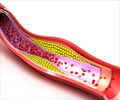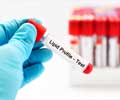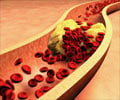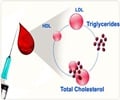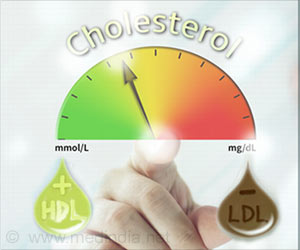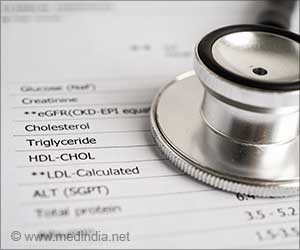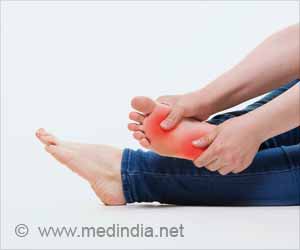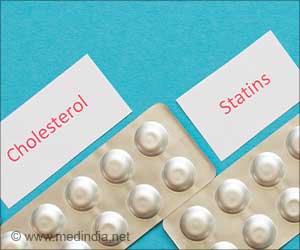Lowering bad cholesterol might look an immediate priority for many, but ignoring the "good cholesterol" levels could prove risky.
Statins are good as far as it goes. But lowering bad cholesterol might not do by itself. One has to be vigilant about the level of good cholesterol too, researchers said Wednesday.
Among patients taking statins, the higher the HDL or good cholesterol, the less likely they were to have a heart attack or other "cardiovascular event," they found.Dr. Philip Barter of the Heart Research Institute in Sydney, Australia said the result was important because "it shows very, very clearly that the risk is real" when levels of good cholesterol, known as HDL, were too low.
"It means doctors can't ignore a low HDL even if they're treating people with statins. They need to attack the HDL as well, if the HDL remains low," Barter said.
Doctors have known for years that HDL, or high-density lipoprotein, protects against heart attacks and stroke, probably by cleaning up the bad low-density lipoprotein cholesterol, known as LDL.
"But it has not been clear whether a low HDL cholesterol level would remain a significant risk factor in people whose LDL cholesterol was reduced to very low levels," Barter and colleagues wrote in their report, published in the New England Journal of Medicine.
"Indeed, it had been argued hypothetically that if the LDL cholesterol level were reduced sufficiently, the level of HDL cholesterol might become irrelevant," they added.
Advertisement
LDL is bad because it ferries fats into the blood, where it can build up within artery walls. HDL relieves artery inflammation and carries fats out of the bloodstream.
Advertisement
Until then, only high-dose niacin was proven to raise HDL, but niacin can cause flushing (episodic attacks of redness of the skin together with a sensation of warmth or burning of the face or neck) and other side effects.
The apoA-1 Milano discovery fueled a race to discover new HDL-raising drugs. Pfizer alone poured more than $800 million into torceptrapib, which raised HDL by 60%. But the drug was shelved in December because of a higher-than-expected death rate among study participants.
The Us study found that patients' clogged arteries began to clear when statins drove their LDL levels down to 87.5 milligrams per deciliter of blood and their HDL up by 7.5%.
Researchers said the analysis wa the first to show that the benefit of statins partly derived from their power to raise HDL.
"These drugs don't push HDL up very much, but whatever they're doing, it's important," Nissen said.
Michael Ozner, director of cardiovascular prevention at the Baptist Health System in Miami, had said the study probably would prompt doctors to rethink how they treat heart disease. "This is going to have a direct impact on patient management because not all statins have the same impact on (raising) HDL cholesterol. Some are more robust than others."
Source-Medindia
GPL/C



